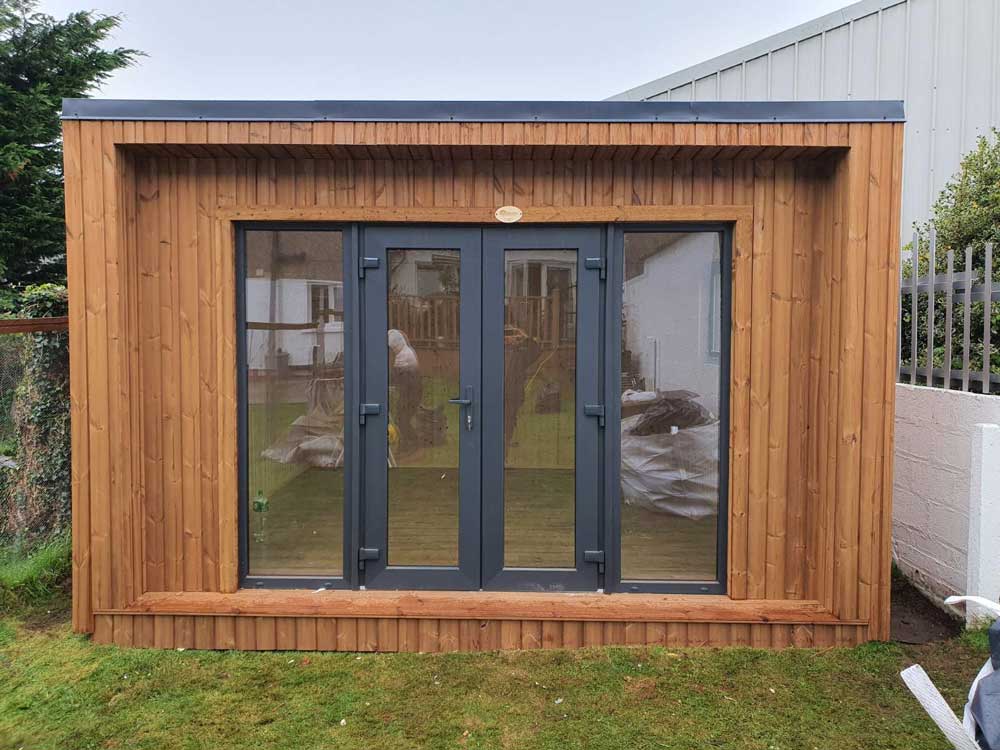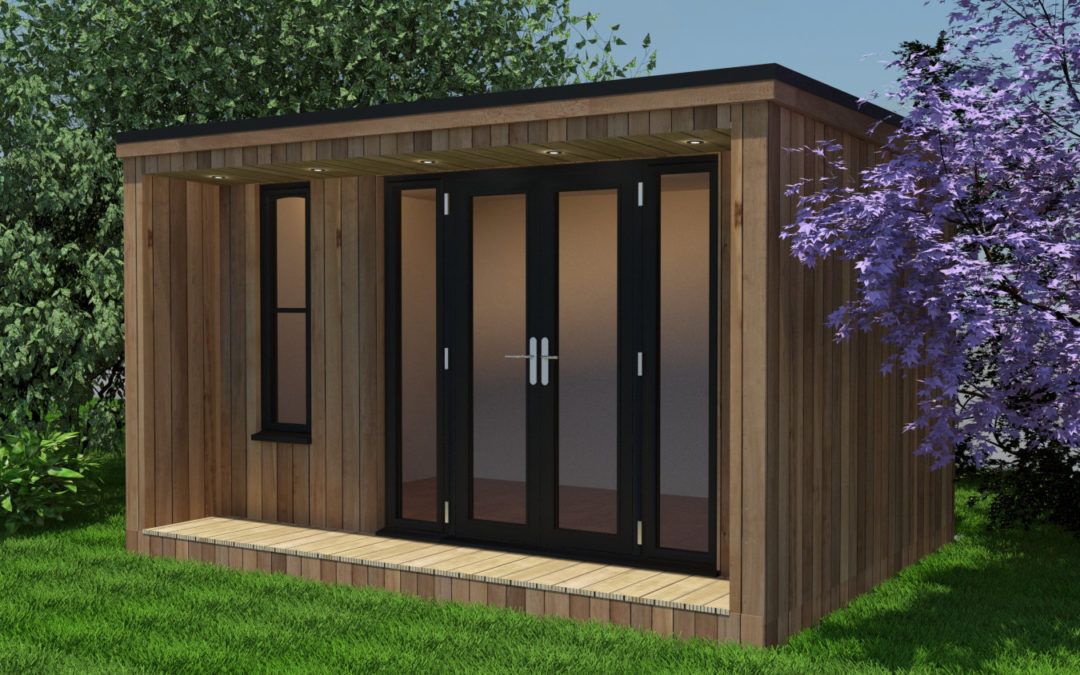Handy Advice For Planning Permission For Garden Buildings
Handy Advice For Planning Permission For Garden Buildings
Blog Article
What Type Of Planning Permission Will You Need To Get In Order To Build A Garden Room, For Example, To Deal With Highway Concerns?
When you plan to build conservatories, garden rooms, outhouses, garden offices or extensions, highways considerations are a significant factor that can affect the necessity of planning permission. Here are a few important aspects to take into consideration including: Sightlines, Visibility and other similar factors.
If the new structure blocks the visibility of motorists who are entering or leaving the building, or impacts the lines of sight at junctions and curves on the road, planning permission is required. The planning authorities will evaluate whether the structure creates a risk to road safety.
Distance to the highway
Planning permission is generally required for any structure that is built near the highway. For example front gardens, extensions to the street, or even extensions to the street. There are certain distance rules to ensure the building is not a hindrance to the operation of the highway.
Access and Egress
It is probable that planning permission will be needed for changes to the existing access points or to create new ones. It is important to ensure that the exits and access points are secure, and don't hinder traffic.
Parking Arrangement:
Planning approval is required for new construction that requires parking or alter existing spaces. The planning authority will determine if the development offers sufficient parking space and does not cause congestion in parking on the street.
Traffic Generation
Planning permission is required for any project that is expected to increase traffic levels, such as a garden office used by a business with clients who are visiting. The effect on traffic volumes as well as road safety is evaluated.
Impact on Pedestrian Access
If the proposed structure would encroach on pedestrian paths or pavements the building must be approved for planning. One of the most important considerations is to make sure that pedestrians have access to the area and safe.
Construction Effects on Highways
The effects of construction work on roads, such as the movement of large vehicles and temporary obstructions might require approval from the planning authority. The authority for planning could set conditions on construction in order in order to limit disruptions to roads.
Water drainage and runoff:
The effect of a construction on drainage runoff, water drainage and the highway is something to be considered. The new structure must be approved by the local planning authority to avoid flooding and drainage problems on the road.
Street Furniture and Utilities
A permit for planning is required for any proposed building that will impact street furniture like lampposts, signs, or underground utilities like electrical cables and water pipes. Planning authorities will work with agencies to resolve these issues.
Highway Authority Guidelines for Compliance:
Local highway authorities could have specific guidelines or requirements for development near highways. Planning permits allow for conformity with safety rules for roads.
Noise and Disturbance caused due to traffic
The planning permission is needed in the event that the proposed structure is likely to increase traffic noise and disturbance (e.g. an office in the garden that receives deliveries or visitors).
Accessibility to public transport
Developments that could impact access to public transport facilities, like stations for trains or bus stops require planning permission. The impacts on the public transport users as well as the integration into the transportation network will be considered.
In short, highways issues play a large role in obtaining permissions to plan for gardens and conservatories. The proposed development should not have an adverse impact on road safety as well as pedestrian accessibility or infrastructure. Check with the local planning authorities and the highway authority at an early stage in the planning process to address these concerns. Follow the most popular building a garden room planning permission for website recommendations including outhouse uk, out house for garden, garden room planning permission, garden outhouses, armoured cable for garden room, what size garden room without planning permission, garden room, out house, outhouse building, small garden office and more.
What Kind Of Permissions Are Required To Construct Garden Rooms And Other Structures?
The environmental impact of constructing garden rooms, conservatories or outhouses, and garden offices and extensions can significantly impact the need for an application for a permit to plan. Here are a few of most important environmental factors that you must consider: Biodiversity, wildlife, and other natural resources.
If the proposed construction would alter wildlife habitats in your region, like local trees, hedgerows and ponds, then you'll need planning permission. In order to minimize and evaluate the impact an eco-survey might be required.
Habitats And Species That Are Protected
The planning permission is required if the site is home to protected species (e.g. bats, newts), or is located in or near habitats of special scientific interest (e.g. Sites of Special Scientific Interest: SSSI). It is essential to take special precautions to protect these species.
Preservation Orders for Trees Preservation Orders:
The planning permission must be obtained if the proposed structure requires the removal of trees, or the alteration of trees covered by TPOs. The local authority must assess the potential impact on the proposed structure and may need other mitigation measures or replacement planting.
Risk and Management of Flood Risk and Water Management
Planning permission may be required for development in areas that are prone to flooding or in close proximity to waterbodies. It is possible to perform a flood risk assessment to ensure that the building isn't susceptible to flooding and has drainage solutions.
Sustainable Construction Practices
It is possible that you require approval for your plans to ensure that the construction and materials are sustainable. This may include considerations regarding energy efficiency, insulation and the carbon footprint of the building materials.
Drainage and Surface Runoff
It is important to consider the impact on the environment of any construction project. Planning permission ensures that proper drainage structures are in place to avoid waterlogging or flooding.
Soil and stability of the land:
Planning permission is required if the construction will affect the soil stability or quality. This includes possible issues such subsidence or soil erosion, especially on steep slopes.
Air Quality
If you are planning to develop a project that could affect the quality of air in the local area for example, those located near major roads or industrial zones Planning permission is required. The air pollution level should be within acceptable levels and mitigation measures should be in place.
Noise Pollution:
Planning permission will be required when the construction of a garden room or extension will likely cause substantial noise, for example a music studio or workshop. The local authority will evaluate the noise level as well as potential impacts on the surroundings and the neighbors.
Waste Management:
The proper management of waste during and after construction is essential. Planning permission assures that there are adequate provisions for recycling and disposal of waste, minimizing environmental impact.
Energy Efficiency
Planning permission could include requirements for energy efficiency, like the utilization of solar panels, high-performance glass or other green technology. The new construction will have less environmental impact.
Environmental Regulations
Regulations and laws governing the environment apply to all development, including the UK Environmental Protection Act. Planning permission assures that all legal obligations are fulfilled and ensures that the project is sustainable for the environment.
In summary, planning permission for garden rooms, conservatories, outhouses, garden offices, or extensions must be considered in light of a broad variety of environmental effects. To ensure that the construction proposed is environmentally responsible, it is vital to speak with local planning authorities as early in the planning phase as is possible. Read the top rated garden room vs extension for site examples including costco garden office, out house, garden rooms hertfordshire, outhouse builders, garden room permitted development, out house for garden, my outhouse, garden rooms near me, what size garden room without planning permission uk, what is a garden room and more.
What Authorizations Are You Looking For For Garden Rooms And Other Structures Related To Utilities And Infrastructure When It Concerns Planning?
Infrastructure and utilities are essential when planning to build conservatories or garden spaces in addition to outhouses, gardens offices, and extension. They can also impact whether planning permission is required. Here are the most important factors to consider the water supply and drainage:
It could be necessary to get planning permission if the structure is connected to the local water supply or drainage system. The local water authority might need to assess the impacts on the local water supply and the sewage system.
Gas and electricity connections:
The planning permission is required when the building is to be connected to electricity or gas. When connecting these services it is crucial to adhere to the construction codes and safety standards.
Utility Easements
Planning permission may be needed when the structure is located within an easement (areas which are designated for utility lines). Local utilities may be required to approve any development in these areas.
Septic Tanks and Sewage Systems
Planning permission is needed for any new construction that requires the installation of a septic tank, or an on-site sewer treatment system. The compliance with environmental regulations and health standards is crucial for these systems.
Surface Water Management and Drainage Surface Water Management
Planning permission may be required in order to manage runoff from surface water and drainage from the new structure. Measures to prevent flooding, erosion, and water pollution may need to be put in place.
Access to Utilities for Construction
Planning permission may be required when temporary utilities are required (such as water to build). The temporary connection has to meet safety and environmental standards.
Local infrastructure impacts:
The planning permission is needed to determine the effect of the proposed structure on local infrastructure, such as roads, utilities, as well as public services. The local authority must be able to determine if the infrastructure is able to support the development.
Waste Management and Recycling
Planning permission may require requirements for waste disposal and recycling in the construction phase or even after. To minimize the environmental impact of construction, it's crucial to have sufficient provisions for waste management and recycling.
Efficiency and Renewable Energy. Efficiency as well as Renewable Energy
It is possible to obtain planning approval prior to installing energy-efficient systems or renewable energy sources (such solar panels and heat pumps) in your new building. The compliance with building regulations as well as environmental standards is crucial.
Telecommunications and Internet connectivity:
Planning permission could be required in the event that the building is required to have internet and telecommunications. Conformity with standards and regulations for the infrastructure of telecommunications.
Access to roads and footpaths
For example, it may be necessary to obtain permission to plan before you construct or alter the footpath. The construction of road and footpaths should be in line with safety rules.
Accessibility to public transport:
If the new structure impacts accessibility to public transport facilities (such as trains or bus stops), planning permission may be necessary. It is important to comply with the rules and regulations for infrastructure in public transport.
In summary utilities and infrastructure aspects are essential in determining whether or not a planning permit is required for garden rooms, extensions outhouses, gardens offices. A prompt consultation with your local authority is vital to ensure compliance with all applicable regulations and standards. Read the recommended garden room house extension for blog advice including do i need planning permission for a garden room with toilet, luxury outhouse, outhouse buildings, outhouse building, out house, garden rooms hertfordshire, garden rooms, garden room planning permission, garden rooms brookmans park, garden rooms and more.